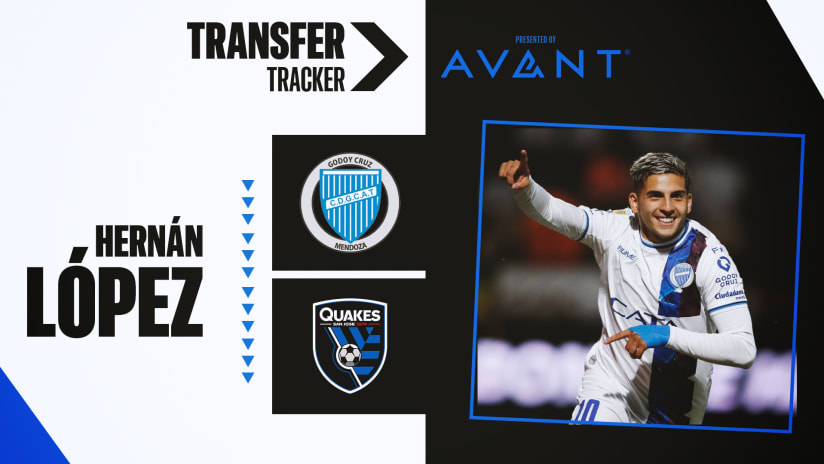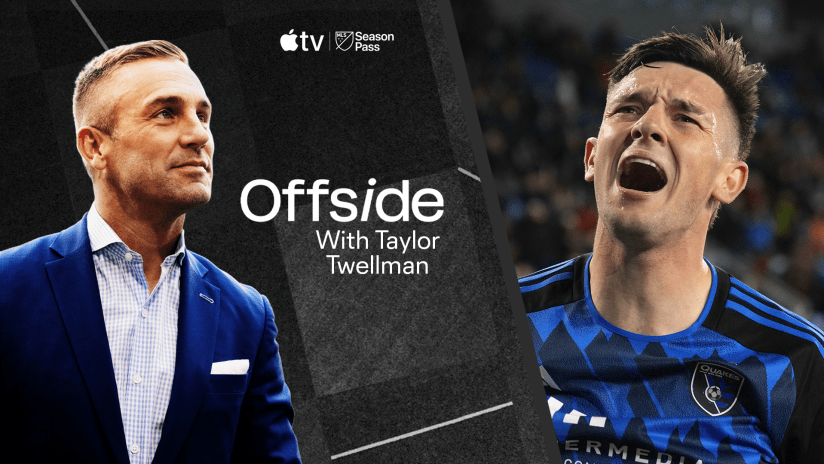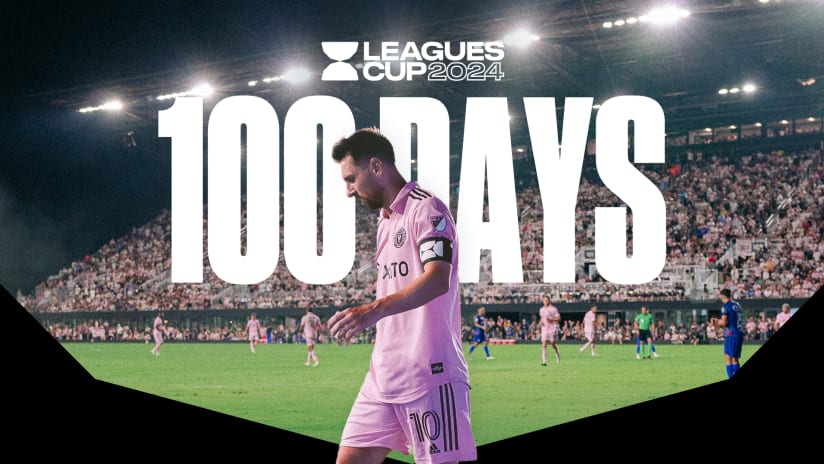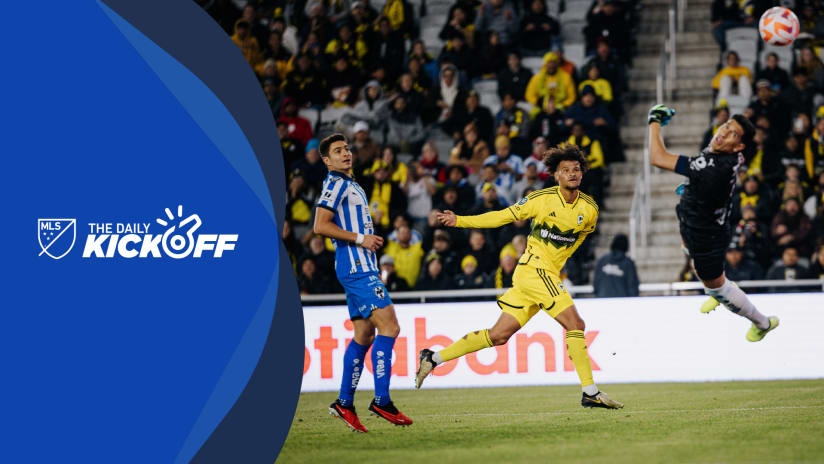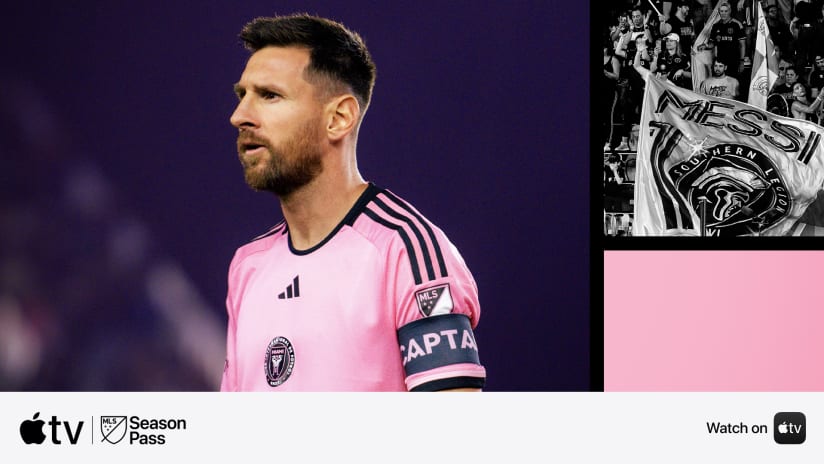SAN JOSE, Calif. – David Kaval came to Stanford University fresh out of Ohio as a teenager more than two decades years ago. The Cleveland native received his B.A. and MBA degrees from the school and serves as a lecturer at the Stanford business school.
So it seemed reasonable that when Kaval took over as the San Jose Earthquakes’ president in October 2010, he would look to his alma mater as he tried to figure out how to make a splash with a team that was struggling to fill antiquated Buck Shaw Stadium on a weekly basis.
“We had a stadium that wasn’t fan-friendly,” Kaval said. “We tried to put lipstick on a pig, but I felt if we had a better stadium, it would show the power of the Bay Area soccer community. … It wasn’t hard to put two and two together and say, ‘Hey, here’s a fantastic stadium.’”
That idea of putting on a Bay Area showcase led to Kaval’s drive to make a yearly pilgrimage up Highway 101 to Stanford Stadium. Since its debut in 2011, the Quakes’ annual start-of-summer match among the shady eucalyptus groves has become one of the club’s signature events.
This year’s edition is set for Saturday night against the LA Galaxy on Heineken Rivalry Week Edicion Especial (10 pm ET, Univision).
“It’s a chance for us to increase the numbers of avid fans of the Quakes and MLS,” Kaval said. “We want people leaving the game to think, ‘That’s unbelievable entertainment. I’m going to come back next year – and tell other people.’”
The match provides a springboard for the Quakes to reach fans on the Peninsula and, perhaps most enticingly, San Francisco. Kaval said that while only 1 to 2 percent of the team’s season-ticket base comes from San Francisco, roughly 25 to 30 percent of tickets for the Stanford match are bought from the city, making this the ideal “on-ramp” towards increasing fan interest up north.
Building a tradition out of scratch took some doing on the part of Kaval, who was fighting the perception that the Quakes – three seasons removed from their rebirth as an expansion side – were too small-time to book a venue such as Stanford Stadium, which underwent a $90 million renovation that was finished in 2006.
“The hardest part was getting people over the fact that we were drawing 9,000 or 10,000 [fans at Buck Shaw],” Kaval said. “Could we fill a stadium of 50,000 seats? … It was not only an opportunity, it was also a risk. What if we only drew 15,000? People would say it was a failure.”
Kaval credited Ray Purpur, a Deputy Athletic Director at Stanford, with having “the courage” to take such a risk with the club. It also didn’t hurt that Kaval was a known quantity on campus, having cultivated relationships during his student years.
With 41,028 on hand – the largest stand-alone crowd in Quakes history – the initial match was an unqualified success. It did, however, reveal a weakness in the marketing plan; the Quakes had ridden the star power of New York’s Thierry Henry hard in the run up, only to see the Red Bulls’ icon felled by a reported bout of food poisoning.
So when it came time to work on a Stanford return for the following season, Kaval wanted to introduce a new twist: Enter the LA Galaxy. The addition of the Quakes’ longtime archrivals to the mix paid immediate dividends in terms of the on-field drama – Chris Wondolowski’s unbelievable side-footed finish capped a three-goal comeback in San Jose’s 4-3 victory – and at the box office.
Since 2012, the game – always against the Galaxy – has drawn sellout crowds of more than 50,000 fans. And this week, MLS announced that the Univision Network will air the game– the network's first MLS broadcast since 1999 – as part of a soccer doubleheader, following the third-place game of Copa America Centenario, between the United States and the loser of the Colombia-Chile semifinal. (Both games will also be simulcast on UDN, the Univision Deportes Network).
“It has a momentum to it that allows us, if properly executed, to get a full stadium,” Kaval said. “Even though it may seem effortless, there’s a lot of work that goes into it.”
The game remains the biggest event on the Quakes’ calendar, requiring an all-out sales and marketing effort to not only fill the seats but also put together the halftime entertainment and post-game fireworks display.
“Now, six years in, it’s become a tradition in the Bay Area to kick off the summer,” Kaval said. “We feel it’s going to be on the Bay Area sports landscape for a long time to come.”


